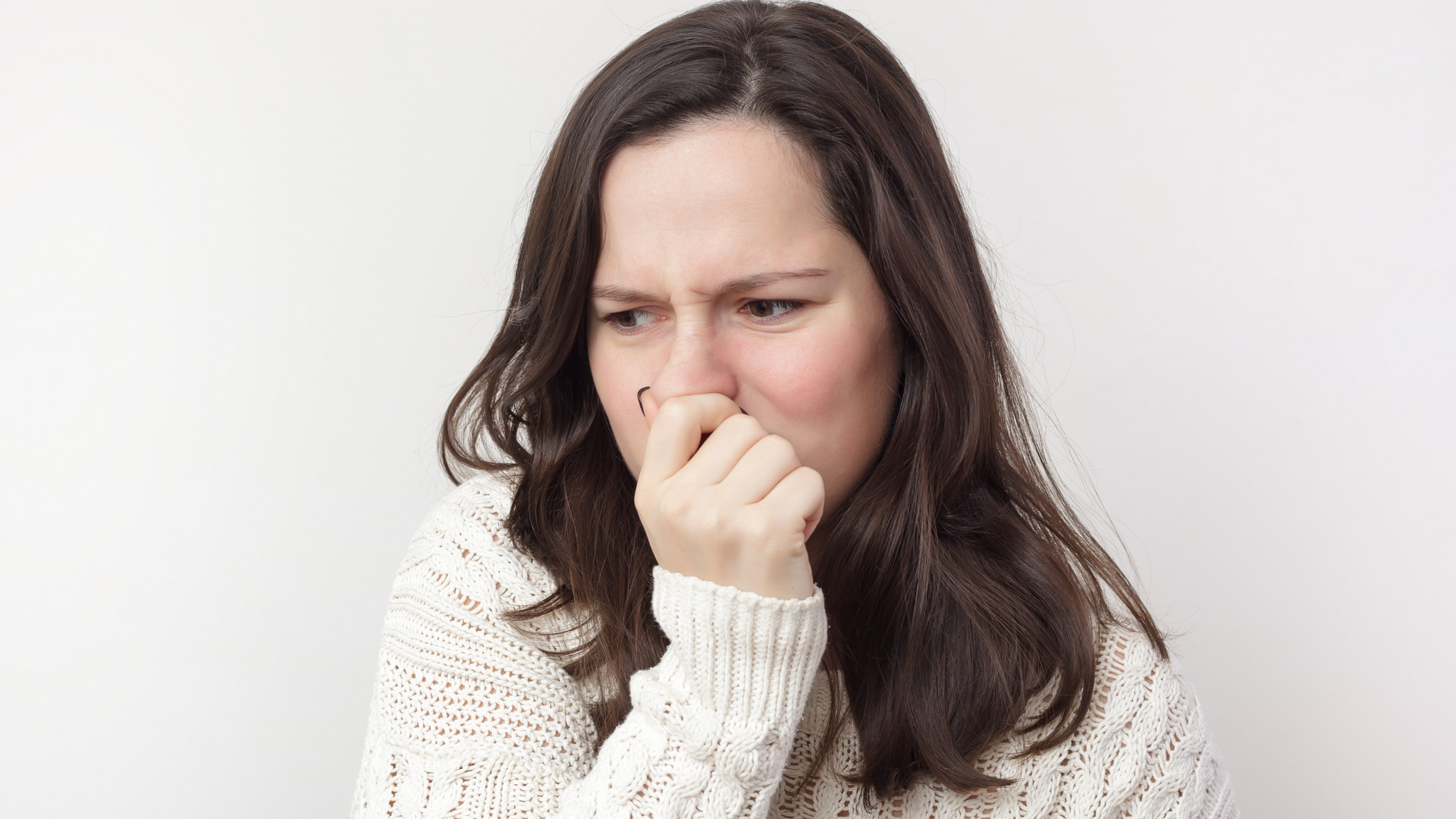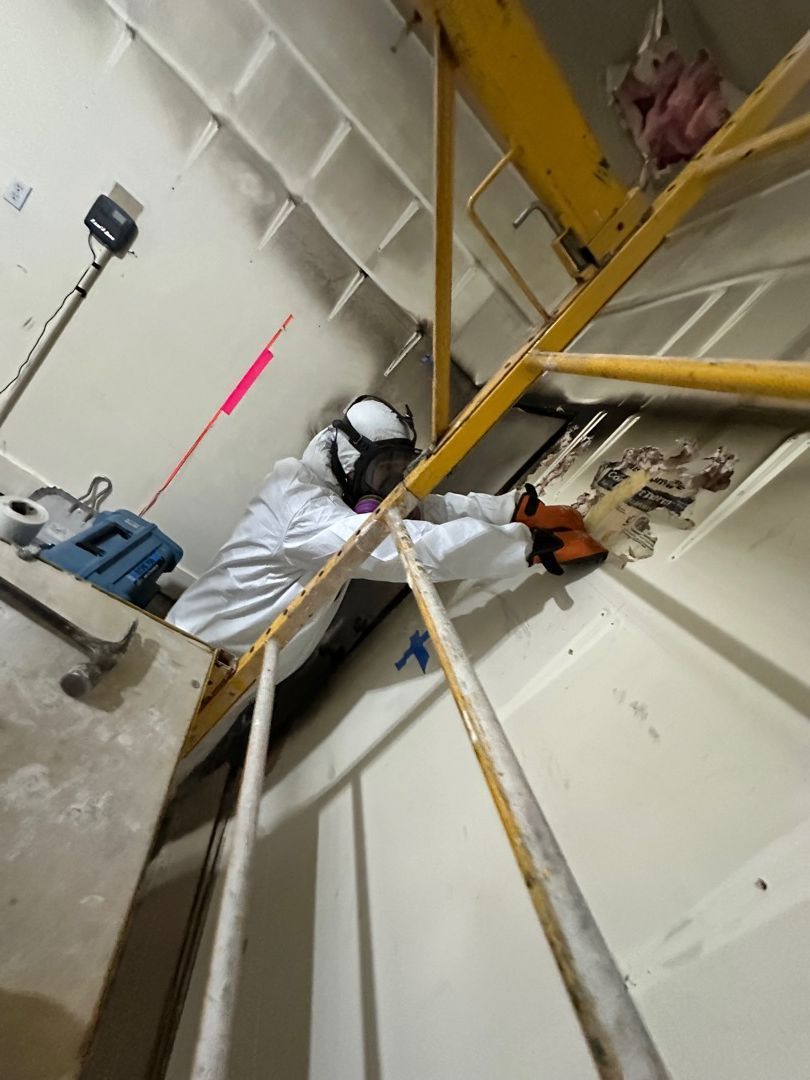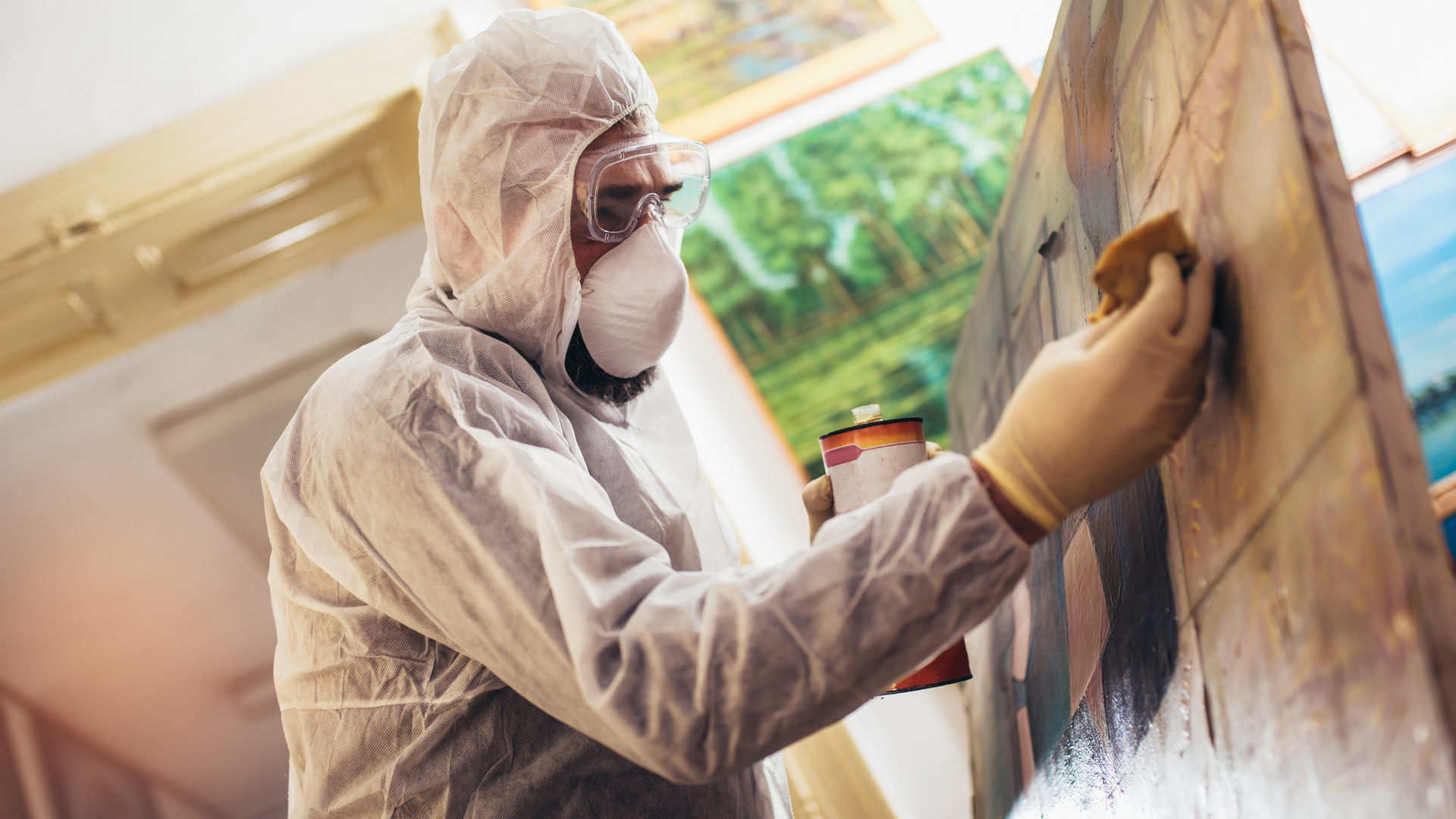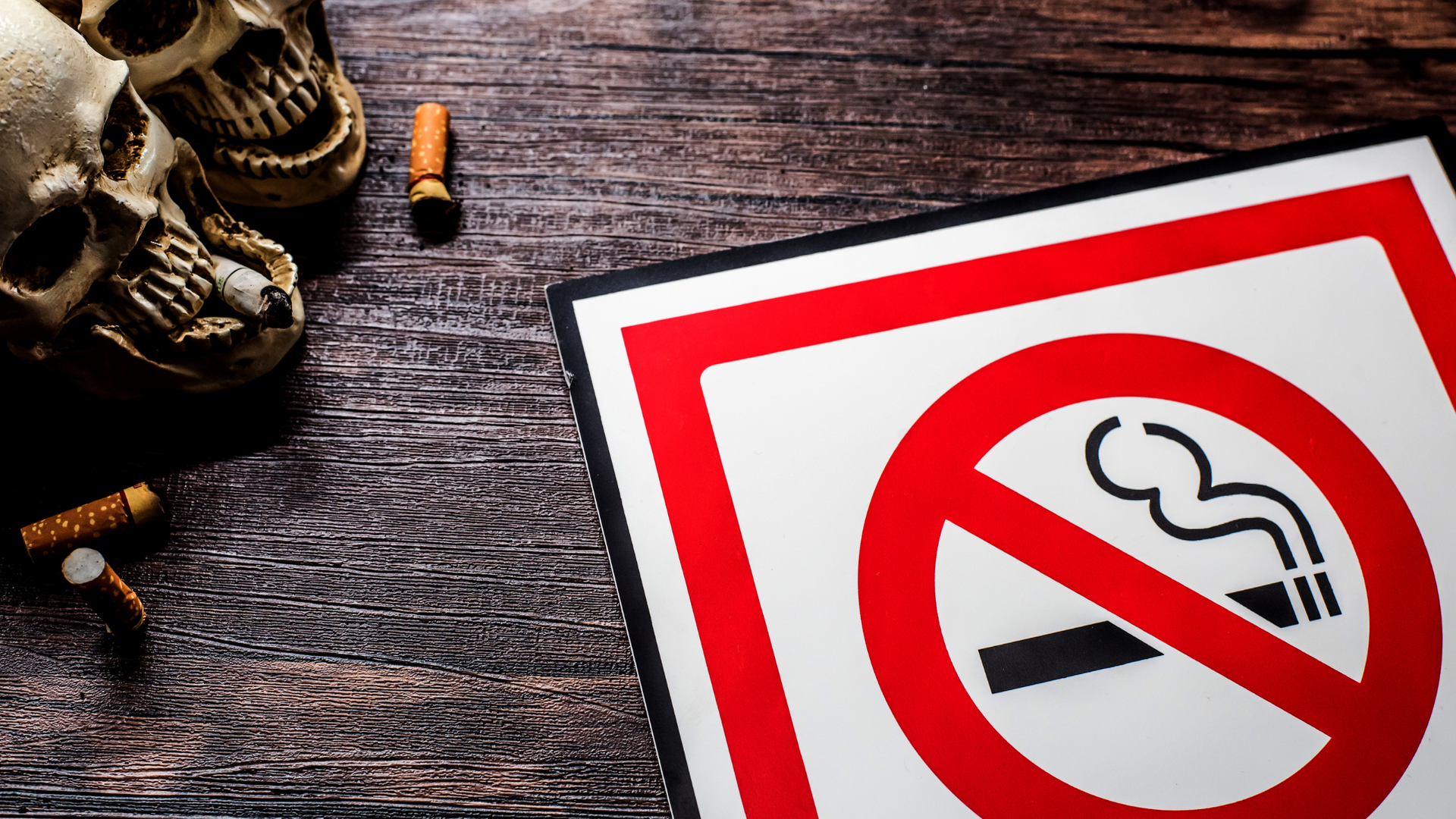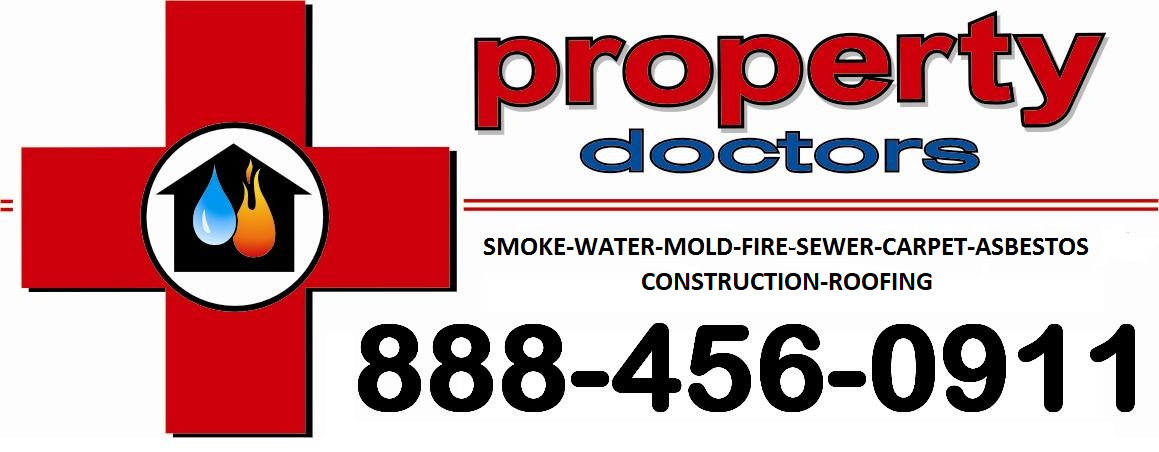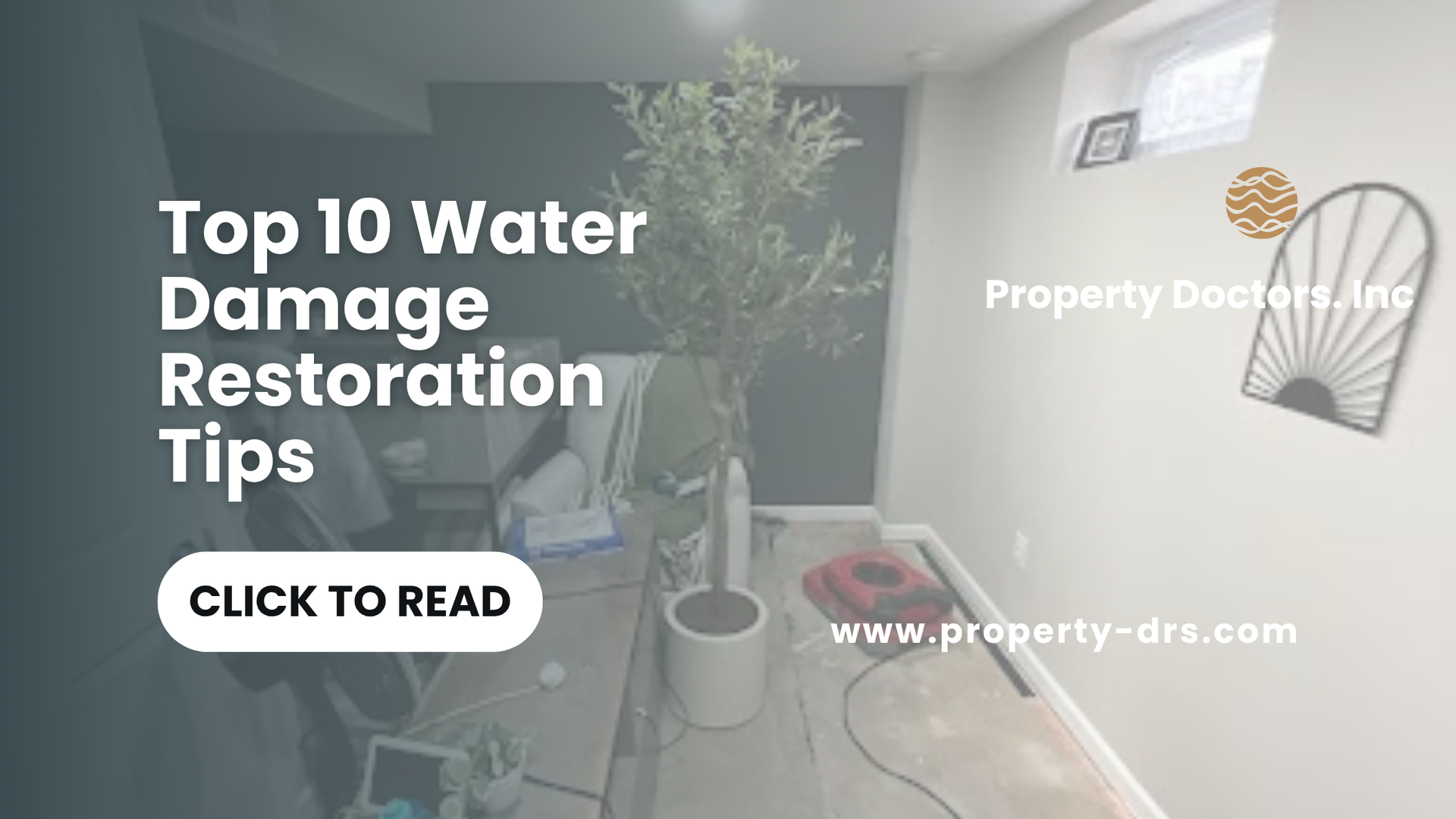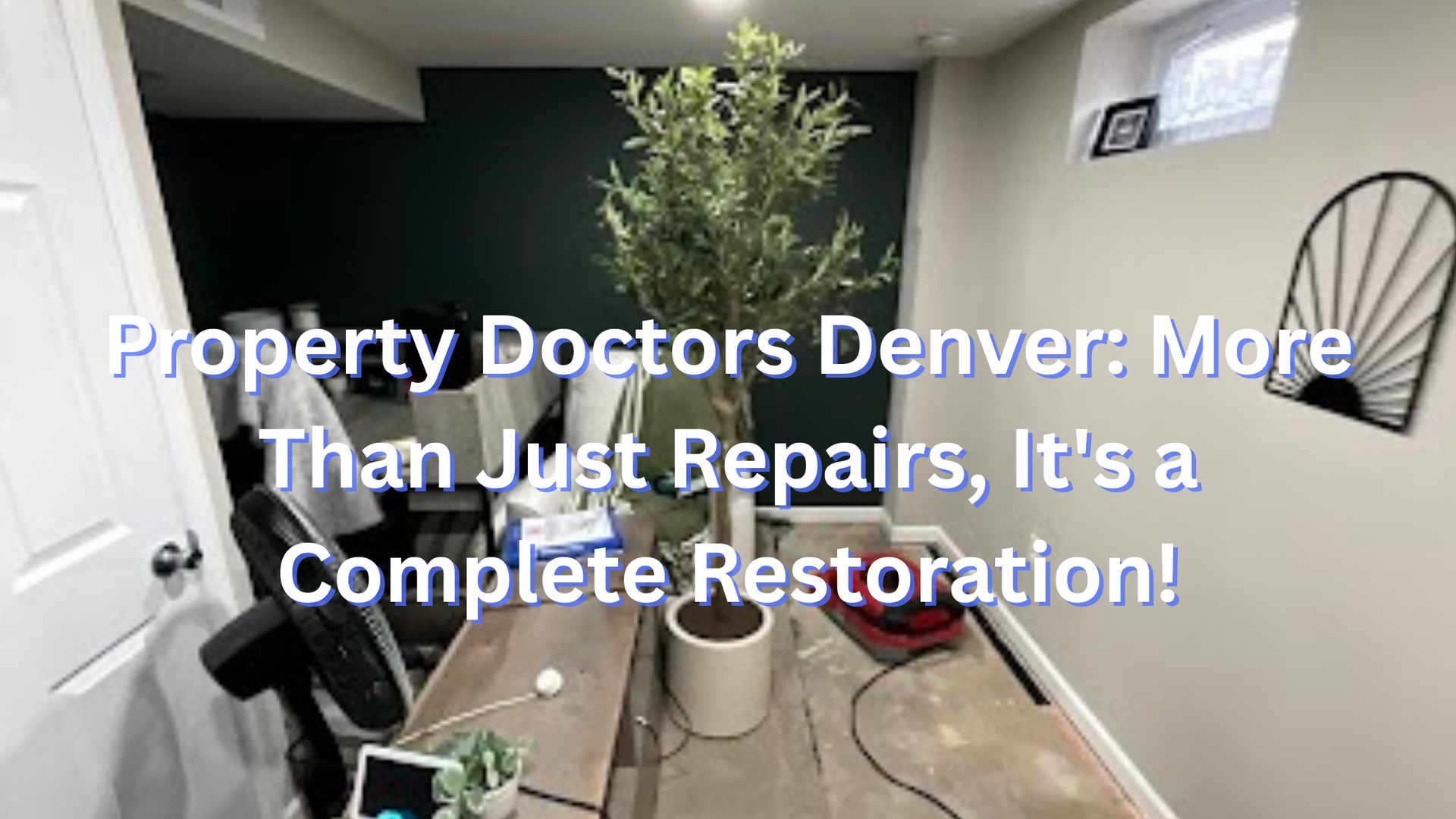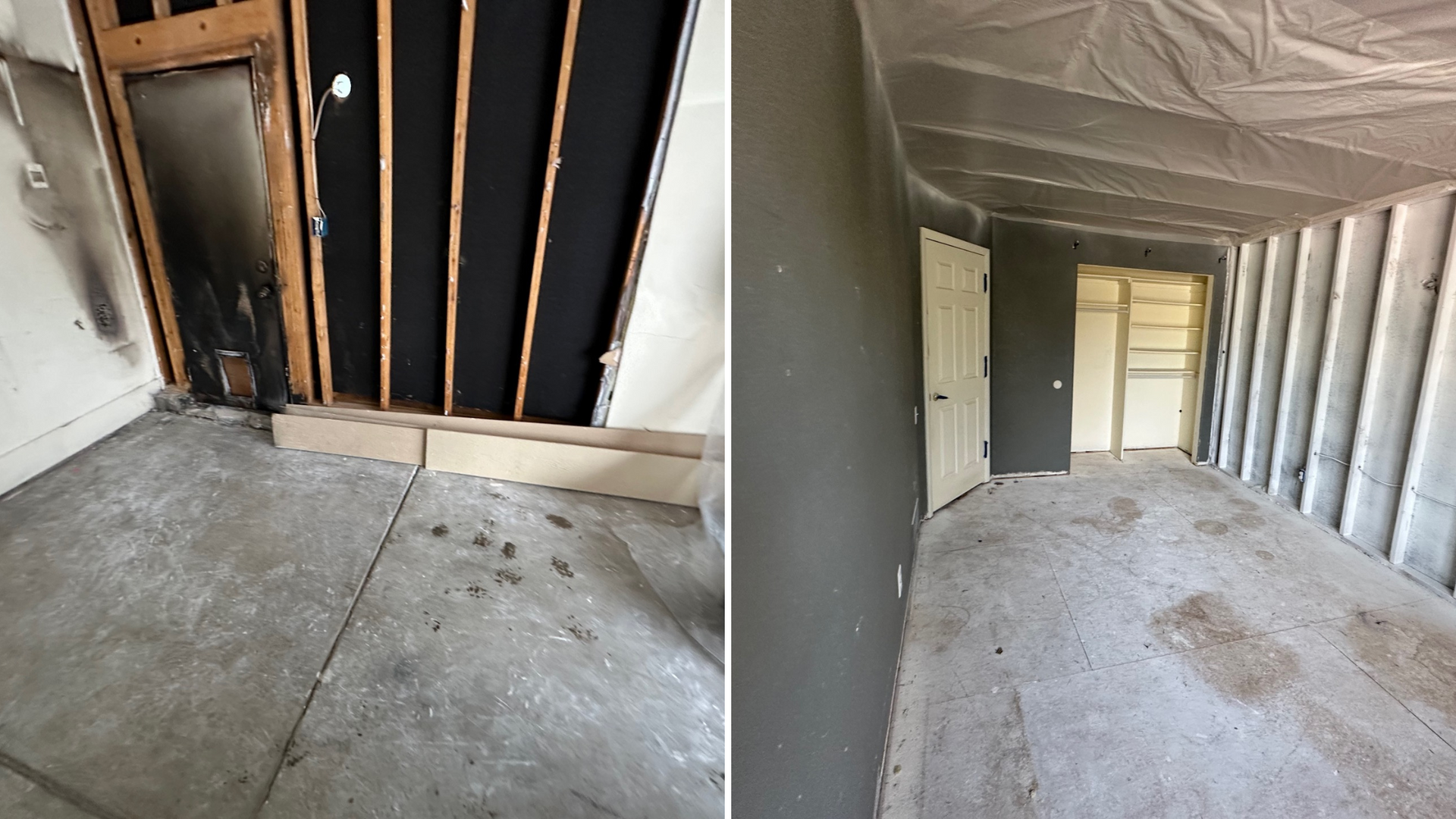Why Lingering Odors Are Common in Denver Office Buildings
Unlike buildings in cooler, drier climates, office facilities in Denver face unique challenges that make them more vulnerable to persistent odors:
- High Elevation and Dry Climate:
Denver’s dry climate and altitude can create moisture imbalances that lead to hidden water damage.
- Seasonal Weather Changes: Denver’s extreme weather patterns, from heavy snow in the winter to warm and dry summers, can affect ventilation systems and cause moisture intrusion.
- Older Buildings:
Many Denver office buildings have older materials and systems that can trap moisture, providing a perfect environment for mold and bacteria to thrive.
- Building Retrofitting:
As offices become more energy-efficient, some buildings experience reduced ventilation, which can trap moisture and create odors.
Even with regular janitorial service, these factors can create the ideal conditions for
odor-producing
issues like mildew, bacteria, VOC accumulation, and hidden mold growth to persist—often unnoticed until the smells become overpowering.
Step 1: Identify the True Source of the Odor
Before trying to mask the odor with air fresheners or deodorizers, it’s essential to identify the true source of the problem. Temporary solutions may reduce complaints briefly, but they don’t address the underlying issue. To truly eliminate lingering odors, Denver facility managers must locate the precise source.
Common root causes include:
- HVAC microbial growth:
Mold and bacteria can grow in your air conditioning systems, spreading odors throughout the building.
- Sewer gas from dry P-traps or cracked drain lines:
Plumbing issues can result in foul smells.
- Hidden water damage:
Leaks behind drywall or under flooring can lead to microbial growth that causes odors.
- Stale air in low-traffic areas:
Unused office spaces or poorly ventilated rooms often trap moisture and stagnant air.
- Contaminated carpets and ceiling tiles:
Carpeting and ceiling materials can absorb moisture, which leads to mold and mildew growth.
To properly diagnose the issue, you should use moisture meters, thermal imaging, indoor air quality sensors, and VOC monitors. Without objective testing, even experienced maintenance teams can misattribute the smell and waste resources fixing the wrong problem.
Step 2: Implement a Deep Cleaning Protocol—Beyond Janitorial Standards
Janitorial cleaning is essential for keeping offices looking clean, but when it comes to odor remediation, you need a deep cleaning protocol that goes far beyond typical cleaning. Areas requiring deeper intervention include:
- Ceiling plenums: These areas may contain dust, mold spores, or debris that recirculate through air ducts.
- Carpets and underlayment: Musty smells often originate from the padding and subfloor layers.
- HVAC return grilles and ductwork: HVAC systems must be cleaned thoroughly with microbial-safe solutions.
- Furniture and partitions: Upholstered surfaces trap odor particles over time.
At Property Doctors, we use commercial-grade HEPA vacuuming, wet fogging, and enzyme-based deodorizers to ensure that even the most stubborn odors are removed. If odors persist after cleaning, this indicates a systemic issue—likely related to HVAC or microbial growth.
Step 3: Inspect and Restore HVAC Air Quality Function
In Denver, HVAC systems are a significant contributor to indoor air quality and odor control. These systems circulate air throughout the building, potentially spreading odors from areas with water damage, mold, or bacteria.
Key HVAC-related odor problems include:
- Mold or bacteria on coils.
- Biofilm buildup in condensate pans.
- Dirty ductwork :
Dust, dirt, and mold spores accumulate over time.
- Leaky ducting: Ducts pulling in air from crawlspaces or unventilated areas.
- Poor fresh air exchange rates.
To address HVAC-related odor issues, you should:
- Sanitize coils and ductwork using EPA-approved antimicrobial agents
- Install UV-C lights
to prevent microbial growth.
- Use high-efficiency filters
with carbon layers to trap odor molecules.
- Increase air exchange rates and monitor building pressurization.
Annual HVAC inspections by IAQ-certified professionals
will ensure air quality remains optimal and odors are minimized.
Step 4: Address Hidden Mold and Moisture Intrusion
In Denver’s climate,
even a small, undetected water leak can lead to a full-blown mold colony
within 24 to 48 hours. Musty or earthy odors around areas like baseboards, window sills, and restrooms are often early warnings of mold growth.
Common mold-prone areas include:
- Class B or older office buildings with aging waterproofing.
- Buildings with split HVAC systems that don’t properly handle
return air.
- Offices that have experienced water intrusion
(e.g., flooding, roof leaks).
Even if visible mold isn’t present, mold growth is a real concern in older or poorly maintained structures.
Property Doctors
specializes in
mold remediation
and can safely remove mold while adhering to strict
containment and clearance protocols.
Step 5: Call Property Doctors for Odor Remediation in Denver
Once the source of the odor has been identified and removed, some odors may still linger, especially in porous materials like drywall, carpet, and insulation. At this point, it’s essential to call in Property Doctors for professional-grade odor remediation.
Some of the tools we use include:
- Ozone treatment:
Highly effective for eliminating odors but requires the building to be vacated.
- Hydroxyl generators:
Safe to use in occupied areas, these break down odor molecules in real-time.
- Thermal fogging: Disperses odor-neutralizing vapor that penetrates walls and upholstery.
- Air scrubbers with carbon filtration: Continuously remove VOC’s and particulate matter during remediation.
Each odor issue is different, and Property Doctors
tailors our approach based on the odor type, building occupancy, and material exposure.
Step 6: Prevent Future Odor Recurrence with a Proactive Strategy
Once the odor is eliminated, preventing its return is essential. Implementing a proactive odor prevention strategy
will help ensure that your office remains fresh and clean in the long term.
Best practices include:
- Quarterly HVAC inspections
and duct fogging.
- Monthly drain flushing and enzyme
cleaning to maintain drains.
- Moisture sensor installations
near plumbing and rooflines.
- Annual indoor air quality (IAQ) testing, especially during high humidity seasons.
- Clear protocols for reporting and tracking odor complaints.
By incorporating these practices into your facility maintenance procedures, you can minimize the risk of odors reappearing and maintain a healthier, more pleasant environment for your tenants and employees.
Final Takeaway: Lingering Odors Aren’t Just an Inconvenience
Lingering odors in your Denver office building are more than just a nuisance—they’re often a signal of underlying issues that could affect tenant satisfaction, building integrity, and indoor air quality. Addressing odors promptly and effectively with the help of Property Doctors ensures a healthier, safer environment for everyone.
Call Property Doctors
today at (888-456-0911)
for professional odor remediation
services in Denver. We’ll help you restore your building to its best condition, eliminating odors and protecting the health of your tenants.
